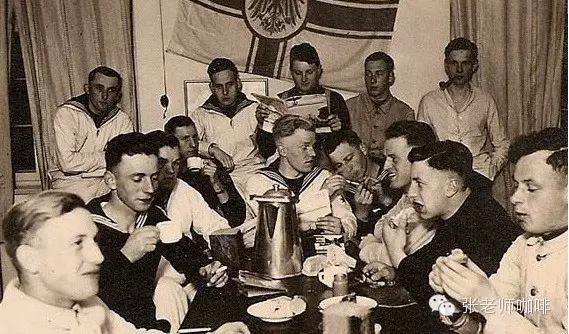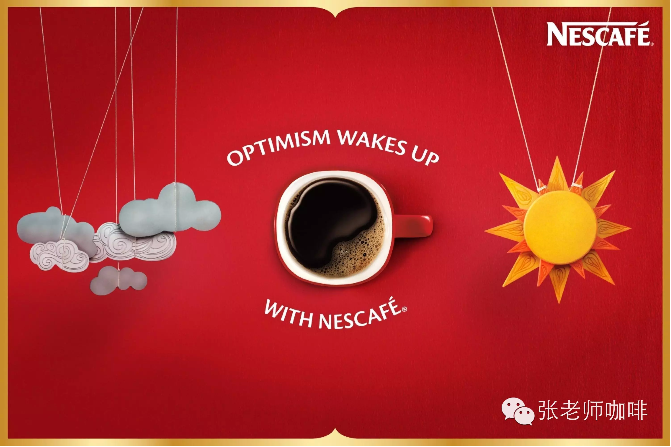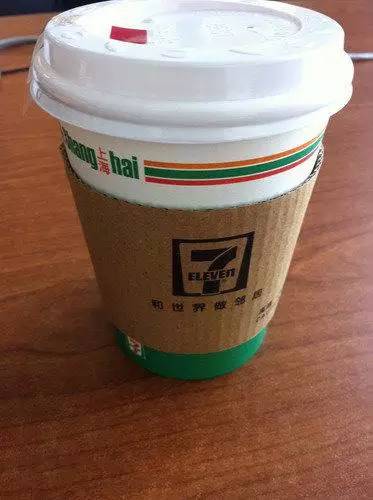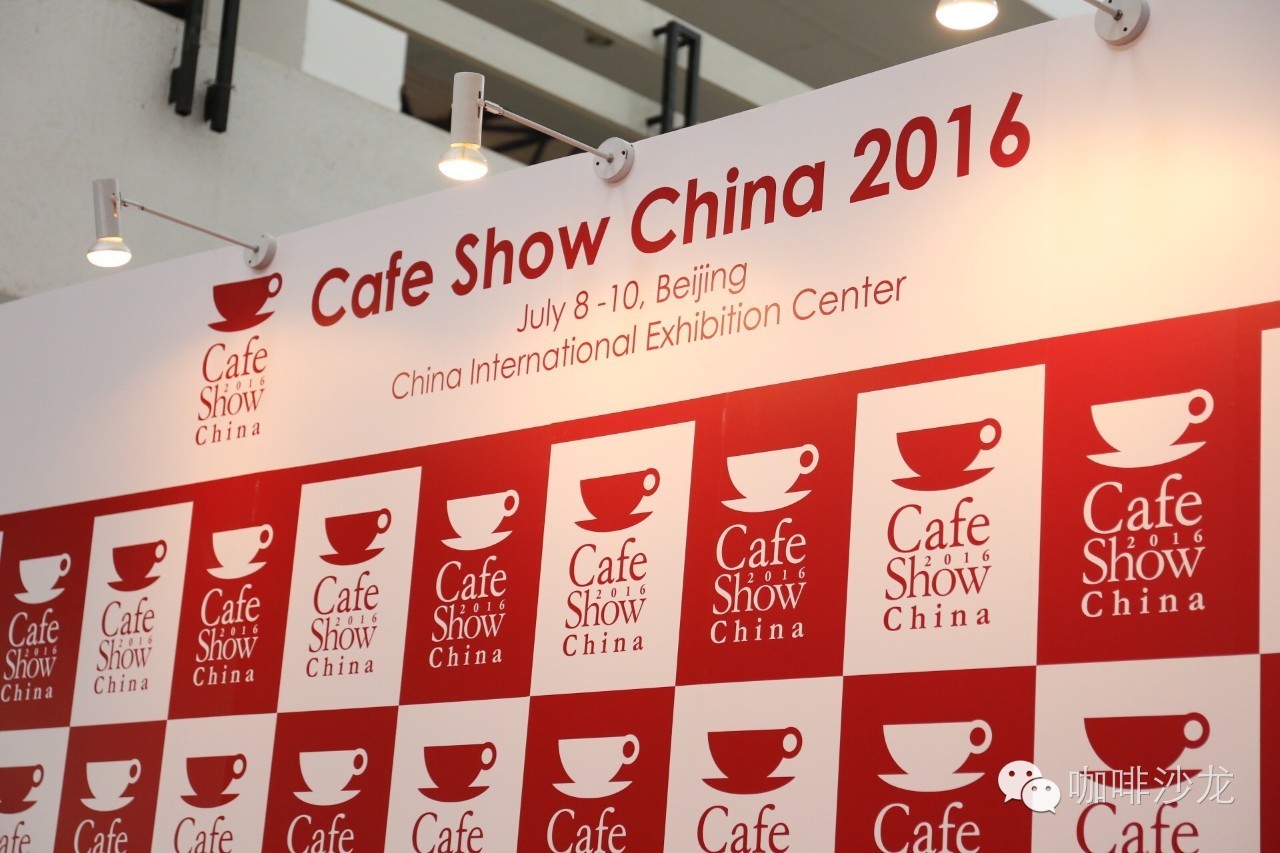Han Huaizong's three waves of Old Coffee and the first Wave of Fast Coffee (1940-1960)
Let me sum up teacher Han Huaizong's description of the three waves of coffee.
The first wave: instant coffee (1940-1960)
The second wave: coffee boutique (1966-2000)
The third wave: coffee beautification (2003 ~ present)
The first wave of coffee (1940-1960)

The first wave of instant coffee was born by war. Because coffee culture has been rooted in Europe and America for a long time, and its refreshing effect is well known, coffee has become a ration for soldiers. At this time, coffee is instant coffee (born in 1938) in order to ensure battlefield practicality and mass production capacity. The average U. S. military has a ration of 15 kilograms per person per year, and many soldiers are addicted to coffee on the battlefield. After the war, instant coffee companies such as Nestl é and Maxwell immediately launched a war to pursue a business model to sell coffee. Instant instant conquered the United States because of its novelty and convenience.
But how is instant coffee actually made? The coffee powder is extracted normally and then the coffee extract is dried to produce coffee particles that can be 100% dissolved. Not to mention the loss of coffee aroma, the industry has racked their brains to save costs, increasing the extraction rate of coffee powder. Within 10 years, coffee of the same weight has grown to be able to extract 50% more coffee liquid. Even the lignin and starch in coffee powder insoluble in water, the industry also uses hydrolysis technology to convert into water-soluble compounds to strengthen the concentration, although the cost has been reduced. But in terms of quality, it turns instant coffee into extremely over-extracted coffee.
To make matters worse, the industry has also turned to using robusta coffee beans to make instant coffee, because instant coffee is the principle of brewing and drying (whether the coffee beans have aroma or not, the quality is no longer important). And because the main direction of instant coffee is refreshing, then the low price, plain aroma, bitter and rough Luobu beans have become a better choice. Why instant coffee is mixed with cream and sugar and a large number of artificial flavors by default? it is because instant coffee without cream and saccharin has become a dark dish and cannot be swallowed.
(Arabica VS. Robusta and two cups of sample espresso)
So what is the normal brewing coffee like during this period? Usually now, whether in coffee shops or coffee competitions, the powder-to-water ratio will be between 1:15 and 1:20. But during World War II, the military standard was 1:27, and what's even more outrageous is that coffee grounds can still be left in two bubbles, only need to add 2 big 3 coffee powder in the second bubble. (╯ °) ╯
The stingy style of the military successfully entered thousands of families of the American Empire after the war, and there were only two kinds of rotten coffee that soldiers drank in the army, the over-extracted instant coffee and the over-diluted tasteless light coffee, so there was another item on the tasteless list of the American people-- coffee.
This is the medieval dark period of coffee.
By the way, aren't there all kinds of experts complaining that coffee is harmful? it would be strange to drink this all day long without getting sick _ (: 3 "∠) _
"all instant coffee is a hooligan"-- teacher Zhang's quotation

Important Notice :
前街咖啡 FrontStreet Coffee has moved to new addredd:
FrontStreet Coffee Address: 315,Donghua East Road,GuangZhou
Tel:020 38364473
- Prev

Why is the coffee in the three convenience stores popular with customers in Japan?
Nowadays, the sales of coffee in convenience stores are on the rise, which is likely to surpass that of canned coffee. The two types of coffee have their own advantages in taste, but the fact that they can be easily bought for 100 yen does make convenience store coffee more popular. So what is the most popular coffee in the major convenience stores? In response, Japan's livedoor News Network targeted white-collar women on July 17th.
- Next

One of the most professional exhibitions in the coffee industry, 2016 Beijing Cafe Show [China International Coffee Show]
As one of the most professional exhibitions in the coffee industry, 2016 Beijing Cafe Show [China International Coffee Exhibition] is based in Beijing and radiates the whole country, showing the development of the industry. The China International Coffee Fair is in line with the Seoul Coffee Fair, the largest coffee fair in Asia, with a far leading degree of internationalization. The exhibition consists of four pavilions, covering an area of 20000 square meters, with 300 exhibitors.
Related
- Why are the coffee in some coffee shops not enough after being frozen? What should I make up for my American latte cappuccino coffee after being frozen?
- How much water does it take to steam coffee by hand? Why is the coffee brewing and steaming time 30 seconds? What is the purpose of steaming coffee?
- The suspected drink contains too much caffeine! Overlord Tea Lady responds urgently!
- Starbucks rejects antique paper coupons?! Netizen: Missed marketing opportunities!
- What ratio of water temperature and ground does the smart cup method use to press coffee? The difference between brewed coffee and filtered coffee?
- What is the standard process for the purpose of coffee cup testing? What is the difference between hand-brewed coffee and cup testing?
- How to use hand-brewed coffee paragon small golden balls? How does cold coffee lock in the aroma of coffee?
- Is American coffee black? What is the difference between American coffee and drip coffee?
- Unexpected! Well-known tea beverage brand Lele Tea will withdraw from the Zhengzhou market!
- Starbucks enters the fashion and beauty industry?! Netizen: Give me an ice American eye cream

